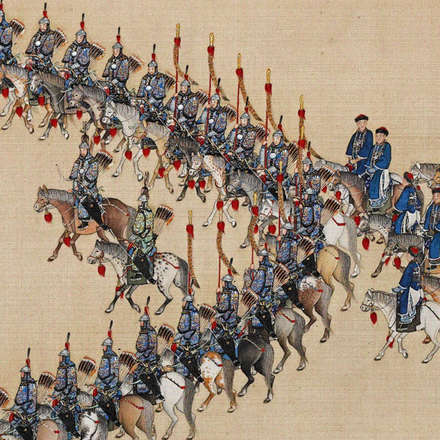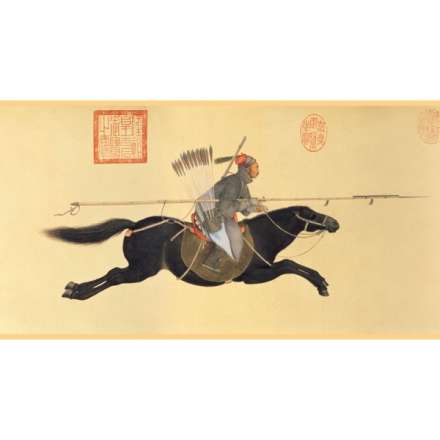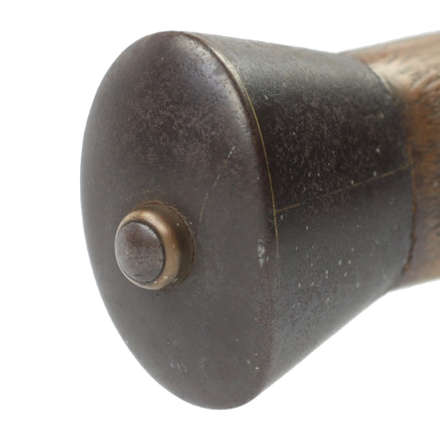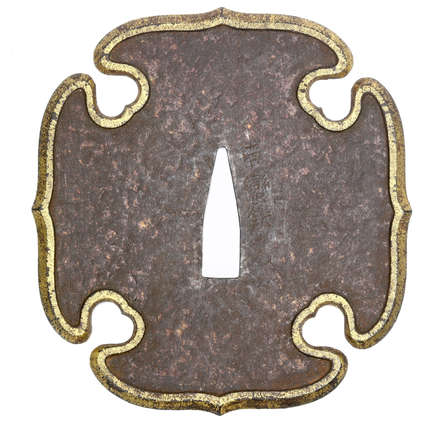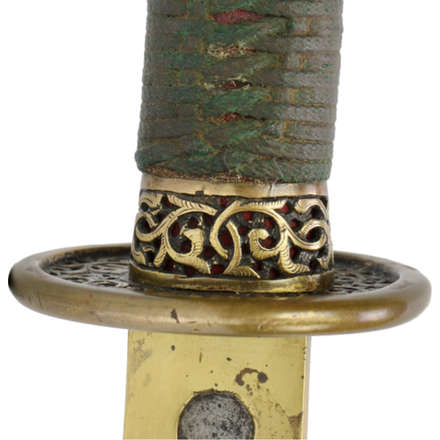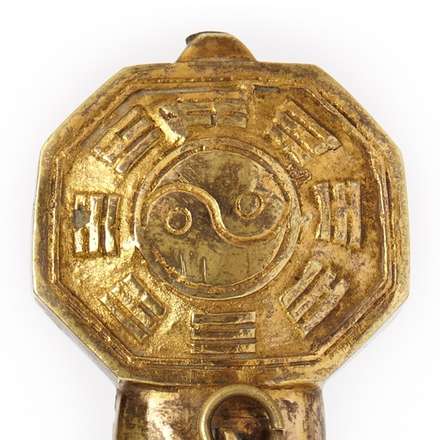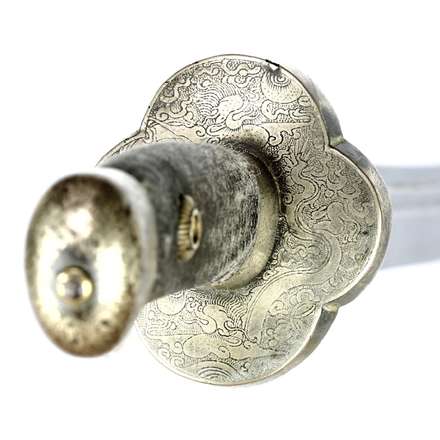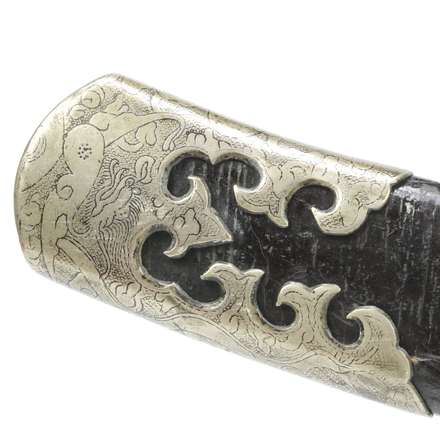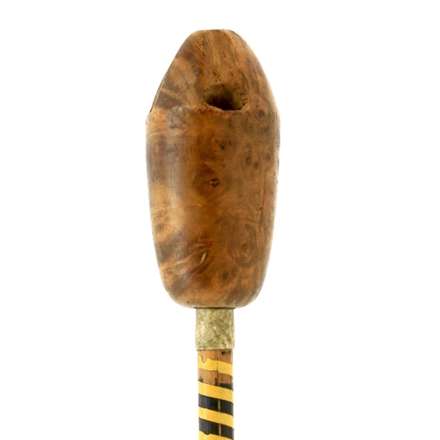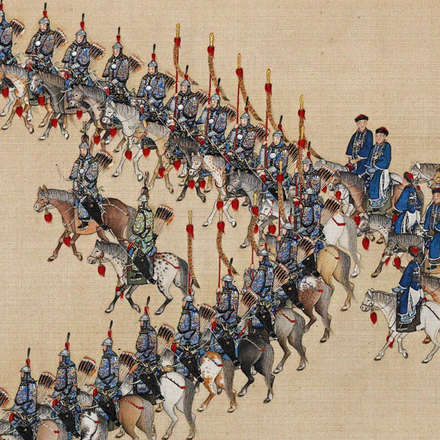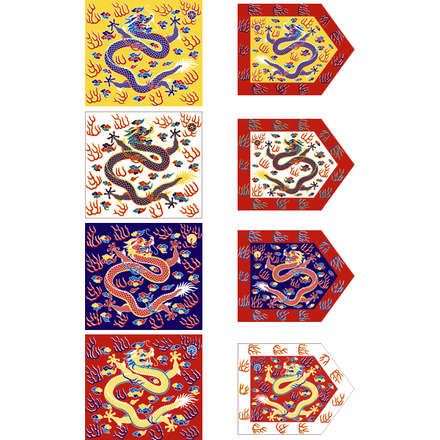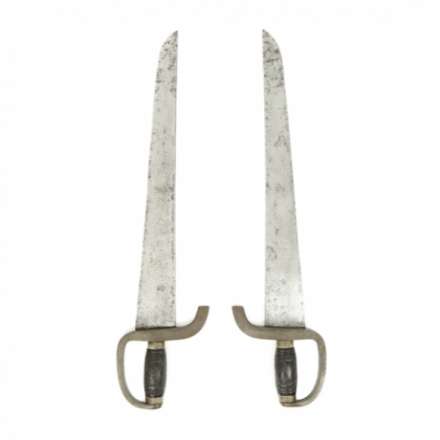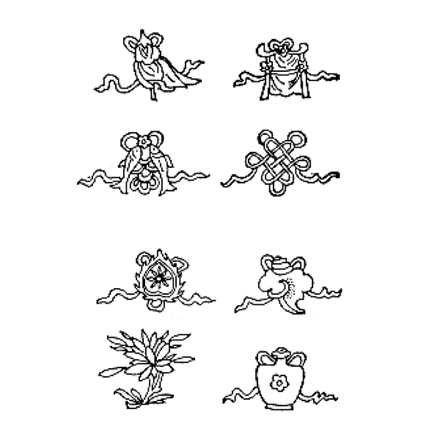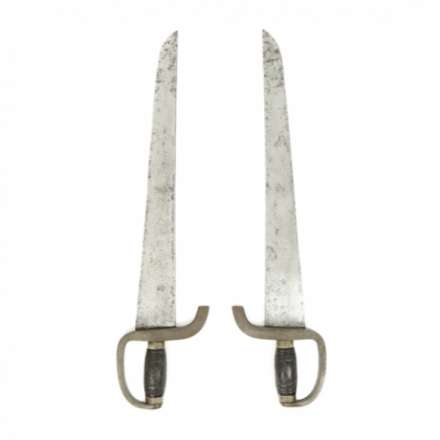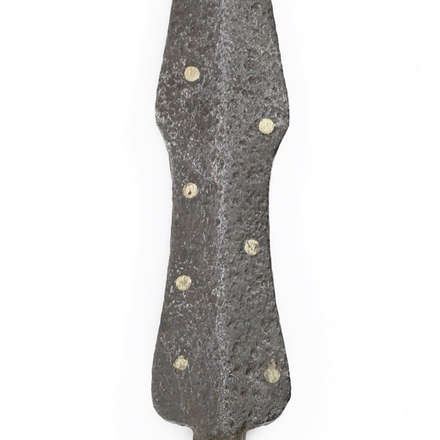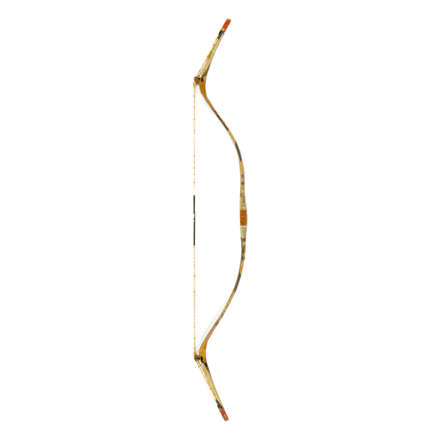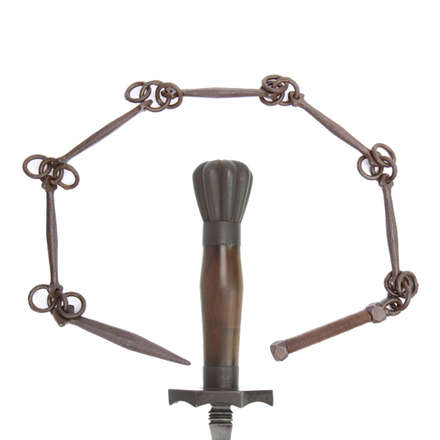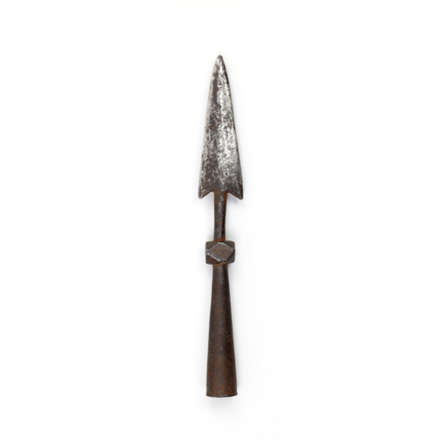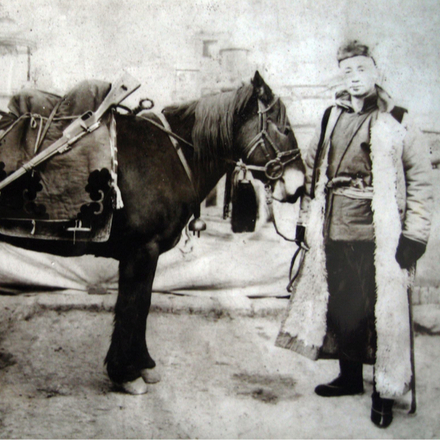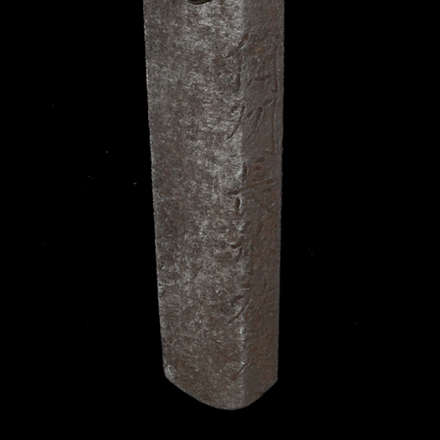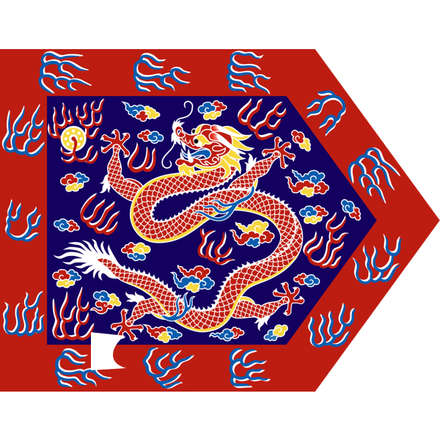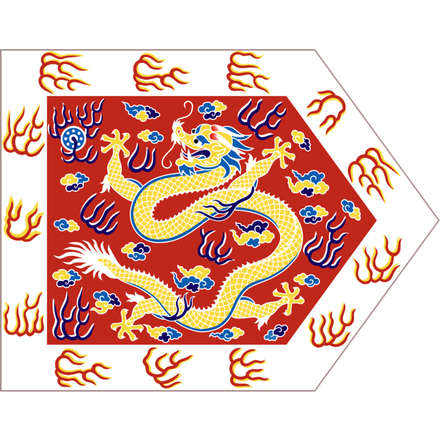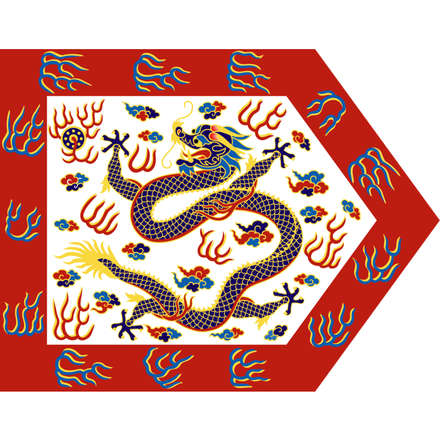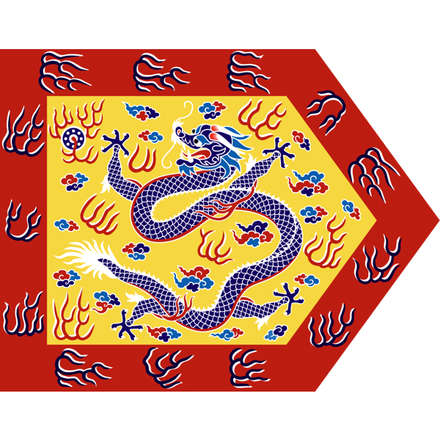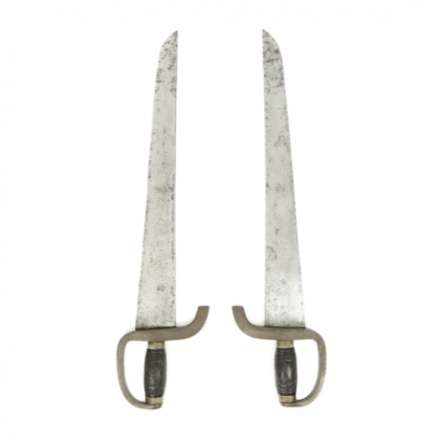A Qing imperial honor guard selected from war heroes and descendants of war heroes of the Upper Three Banners.
Manchu word for the Valiant Cavalry, the main contingent of Manchu, Mongolian and Chinese Banner troops.
Manchu word for the washer at the back of a sword pommel.
Japanese word for a sword guard shape. Literelly "hollyhock shape".
Qing Chinese for the ferrule of a sword hilt.
Chinese meaning "Eight Trigrams", representing the fundamental principles of our world.
An alloy of copper, nickel, and zinc used among others for sword parts.
Chinese name for a class of arrows with a large, non-ferrous head. Many are whistles, some are blunts.
A Qing imperial honor guard selected from war heroes and descendants of war heroes of the Upper Three Banners.
Administrative divisions under which all Manchu households were placed during the Qing dynasty.
Cantonese pronunciation for bāzhǎndāo, an alternative name for húdiédāo.
Eight figures from Chinese Daoist mythology.
Alternative name for the húdiédāo.
The Seven Stars of the "the Big Dipper". An important constellation in traditional Chinese philosophy and religion.
Literally: "whip". Describes actual whips but also iron chain weapons and rigid bar-maces.
Language: Mandarin Chinese
Source: Pleco dictionary. Old photos.
A group of sword makers in Bizen, Japan, active in the Muromachi period.
A Qing military and administrative division.
A Qing military and administrative division.
A Qing military and administrative division.
A Qing military and administrative division.
English name for the húdiédāo (蝴蝶刀)

